Ionic Cage
- T.Y.
- 2020年2月5日
- 読了時間: 1分
Ionic-Caged Heterometallic Bismuth–Platinum Complex Exhibiting Electrocatalytic CO2 Reduction
Takefumi Yoshida, Habib Md. Ahsan, Hai-Tao Zhang, David Chukwuma Izuogu, Hitoshi Abe, Hiroyoshi Ohtsu, Tadashi Yamaguchi, Brian K. Breedlove, Alex J. W. Thom and Masahiro Yamashita
An air-stable heterometallic Bi–Pt complex with the formula [BiPt(SAc)5]n (1; SAc = thioacetate) was synthesized. The crystal structure, natural bond orbital (NBO) and local orbital locator (LOL) analyses, localized orbital bonding analysis (LOBA), and X-ray absorption fine structure (XAFS) measurements were used to confirm the existence of Bi–Pt bonding and an ionic cage of O atoms surrounding the Bi ion. From the cyclic voltammetry (CV) and controlled potential electrolysis (CPE) experiments, 1 in tetrahydrofuran reduced CO2 to CO, with a faradaic efficiency (FE) of 92% and a turnover frequency (TOF) of 8 s–1 after 30 min of CPE at –0.79 V vs. NHE. The proposed mechanism includes an energetically favored pathway via the ionic cage, which is supported by the results of DFT calculations and reflectance infrared spectroelectrochemistry data.






コメント